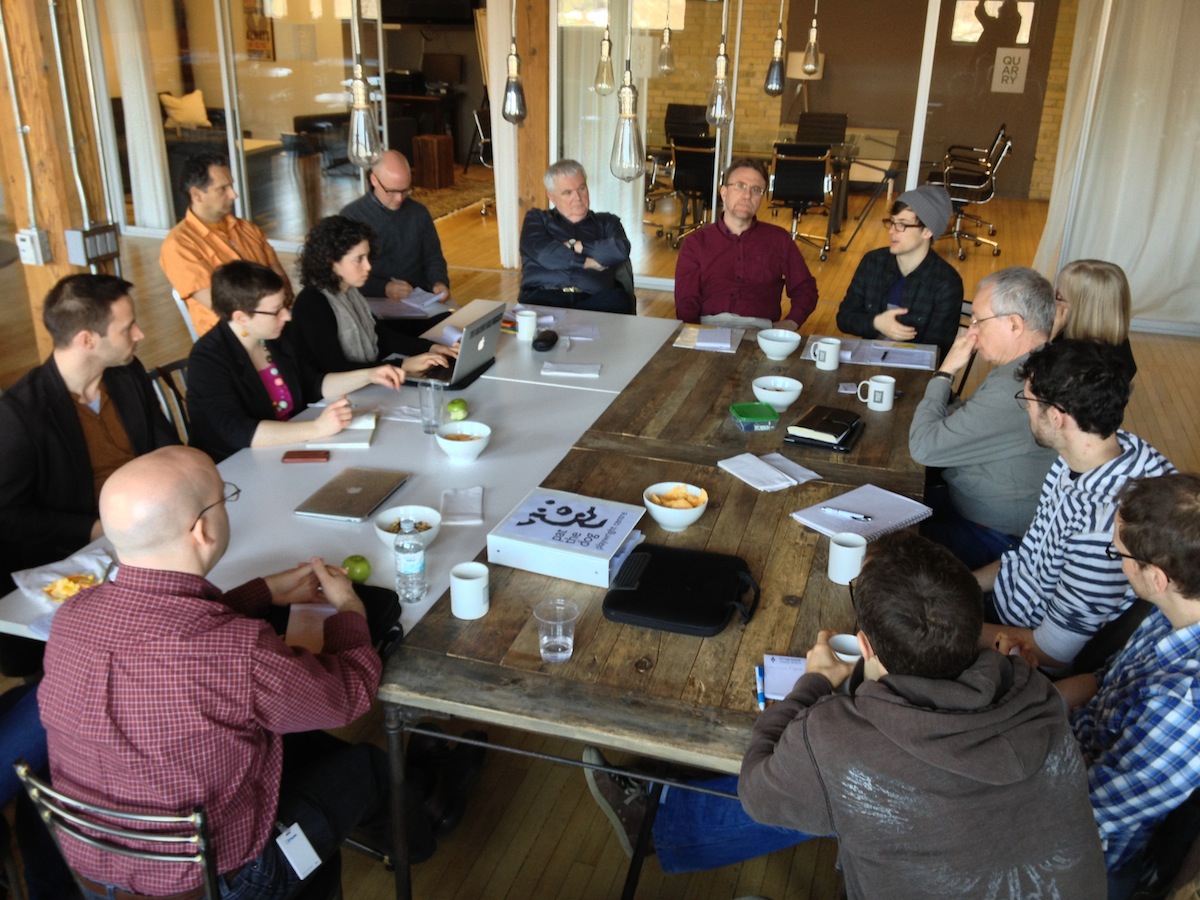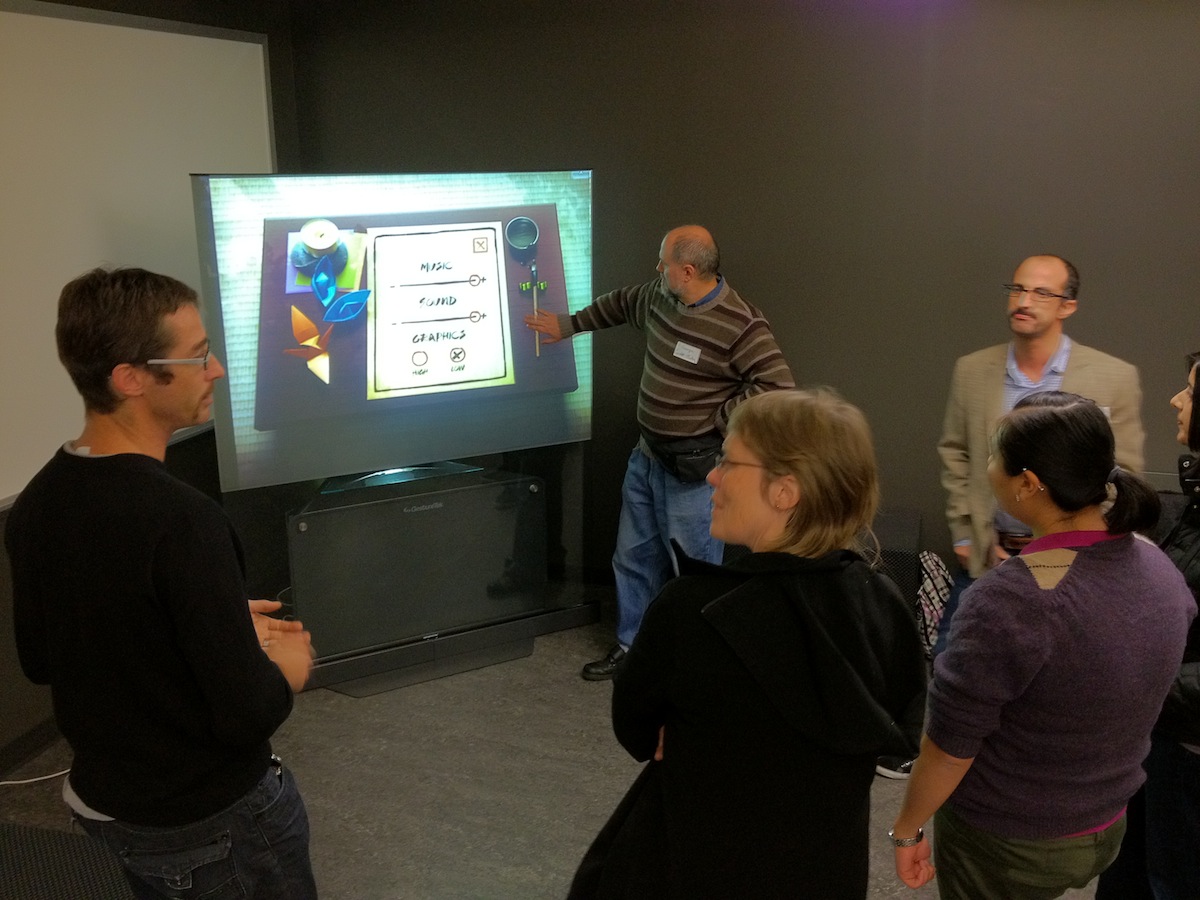I’ve let my blog slide more than usual lately, in part due to being busy on a number of fronts. Here’s a bit of an update that also serves as an explanation!
There’s always plenty to do in my regular work at Karos Health, including a February trip to Las Vegas for the annual HIMSS conference. It was the company’s first trip as an exhibitor to that particular conference, and with our successful visit we’re already committed to going again next year.
February also saw the eighth Ignite Waterloo event at the terrific Waterloo Region Museum. I’ve been an Ignite Waterloo organizer since the very beginning, and it was great to see that people continue to enjoy our events. The next one will be even more special, as we have some very cool plans in the making for our ninth event.
uxWaterloo remains on ongoing pursuit for me, and our monthly meetings are a wonderful way to spend my time. Organizing them with Bob Barlow-Busch is a real treat, and the support that we get from our community of attendees is gratifying. Our February event was essentially a socializing one, where the discussion centred on conference experiences. Our March event was a trip to Felt lab to see the projects that REAP student teams have been working on. It sounds like everyone found the meeting productive and fun.
Speaking of REAP, I’ve been involved there from the beginning as well, acting as a sort of design mentor to the student teams. It’s an easy thing to do, as the student teams really do all the work. I just ask them questions about what they are up to and answer their occasional questions. Connecting REAP with uxWaterloo was a happy opportunity that just seemed inevitable.
A newer initiative is Fluxible, a design event that Bob Barlow-Busch and I are planning for September 2012. We’ve got some interesting speakers and great venues lined up, and we hope to announce more news soon.
Finally, I’ve been busy since January teaching an undergraduate course in presentation design at the University of Waterloo. It’s a joint offering under both Digital Arts Communication and Speech Communication, and the course is another rewarding experience for me. We’re nearing the end of the term, and I’m looking forward to the Ignite-style presentations that my students will be delivering in class. Maybe one of them will apply to Ignite Waterloo and deliver a presentation there.
Sometime way back in January I also managed to make it out to DemoCampGuelph and StartupCampWaterloo, both of which are always enlightening and entertaining.
As I said, I’ve been busy!



